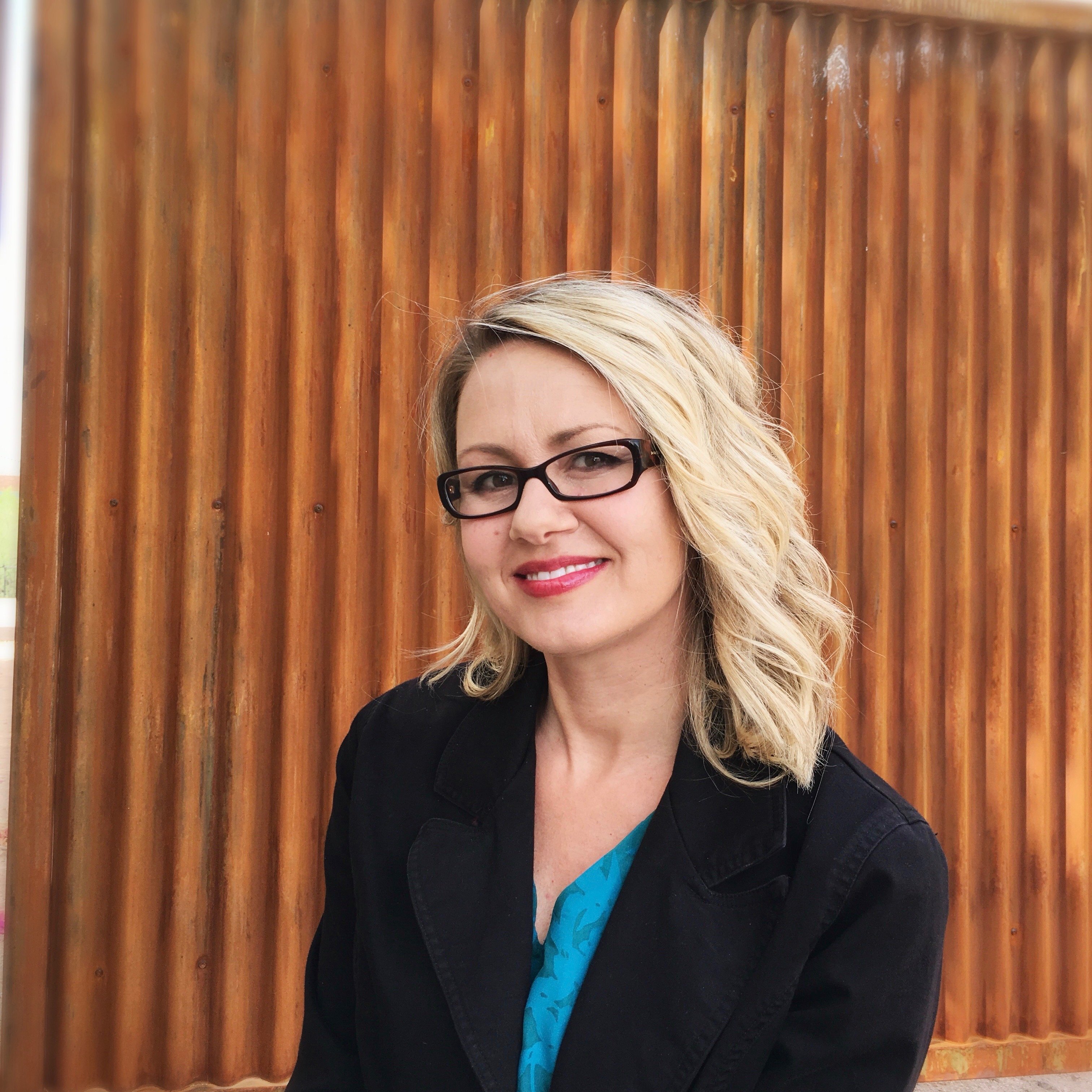Undeveloped Land in Tucson and Phoenix and its Projected Growth
A new study reported the total amount of unused urban land in 25 major cities, which included Tucson and Phoenix. According to KTAR News, the study revealed that both Tucson and Phoenix have acres of undeveloped land that can sustain an increased population as well as create room for more jobs.
The study, conducted by Commercial Cafe, found 584 acres of undeveloped land in the country’s 25 largest urban cores. In addition to taking inventory on land available, the study was an attempt to “carry on the conversation about the gaps in America’s urban core” and survey what developments are most desirable to the local urban population. That last bit is important, as this nationwide survey found that urban construction in recent years has failed to address the needs of citizens.
The results showed Phoenix has 31.03 acres of vacant land, landing 5th on the list for the most land available. The study also lists the current office space under construction at 206,250 square feet, and future planned office space at 138,000 square feet. Residential units currently under construction were 1,341 with planned units at 722. Finally, prospective units totaled 2,190.

Noted as one of the slower growing urban cities of the study, Tucson measured as having 18.11 vacant acres of land, earning the city the 10th spot for having the most vacant land. Though the study did not mention prospective or current office space under construction, it did list planned construction at 250,000 square feet. The units for housing were considerably less for the area with 133 units currently under construction, 344 planned for construction, and 256 prospective units in the works. The findings from the study also revealed that Tucson had the lowest square footage of completed Central Business District construction (25,736 square feet since 2013) in the study, a considerable disparity from Phoenix with 1,592,330 square feet.
Though both cities differ by way of completed construction, it turns out that the two Arizona cities as well as the other cities on the list find common ground with its residents wanting a more walkable and bikeable city, which can be implemented on the vacant land.
In Phoenix, a city where great measures have been taken to ensure the safety of cyclists as well as successful bike-share programs, residents’ top three choices for beneficial transportation development or improvement were walkability (pedestrian overpass, sidewalk, etc.), infrastructure upgrades, and trams.
Tucson residents chose bike lanes, walkability, and bus lines as their most beneficial or in-need-of-improvement transportation development in the city. The city, already popular for cycling events like the popular El Tour de Tucson, which incorporates 100 miles through South Tucson, East Tucson, Oro Valley, Marana, and Downtown, was ranked in the top five national spots for cycling, per a study by People for Bikes. The city also recently completed construction on The Loop, which offers more than 100 miles of shared-use paths throughout Tucson, confirming that the city holds cycling as a high priority for transportation.

